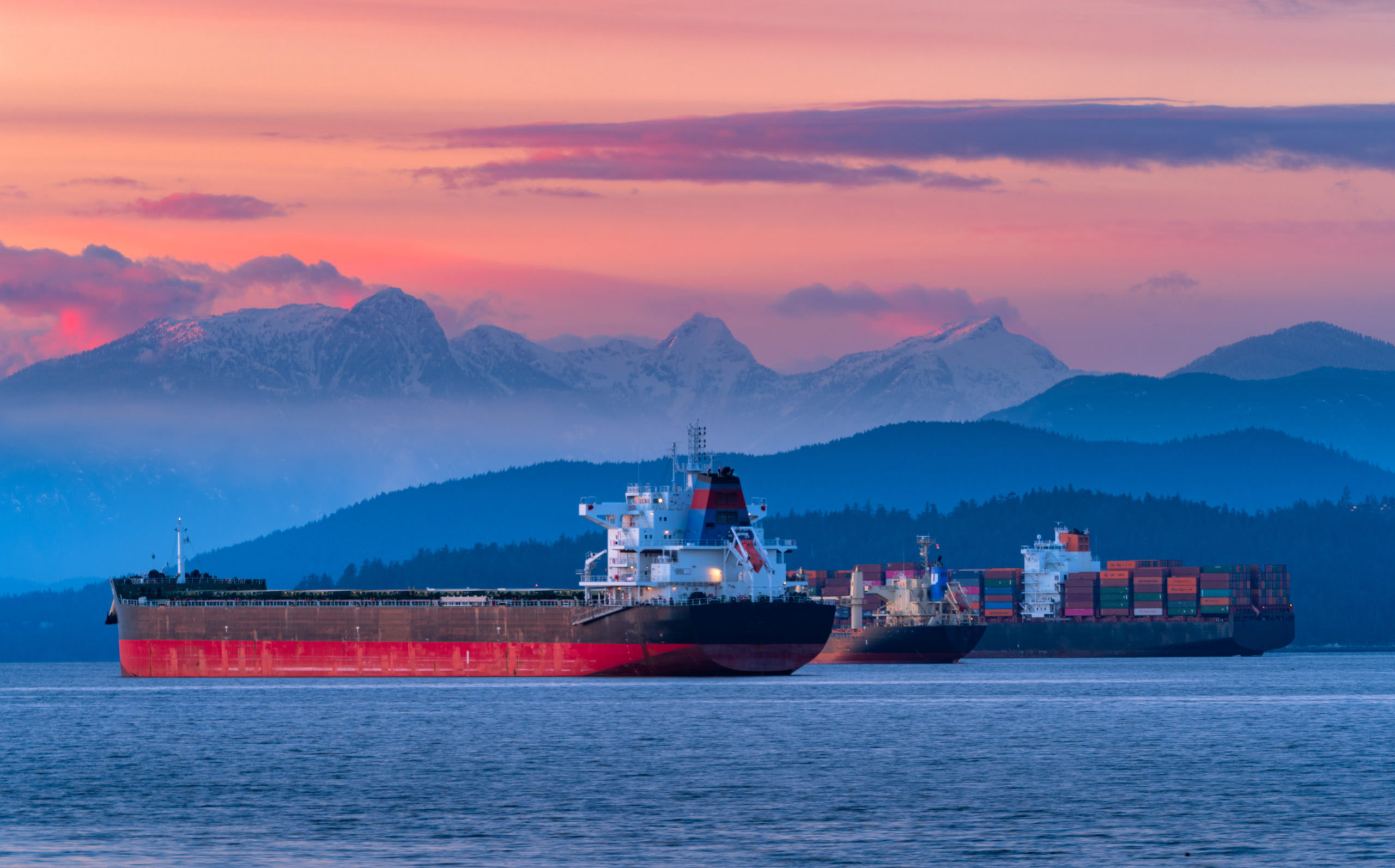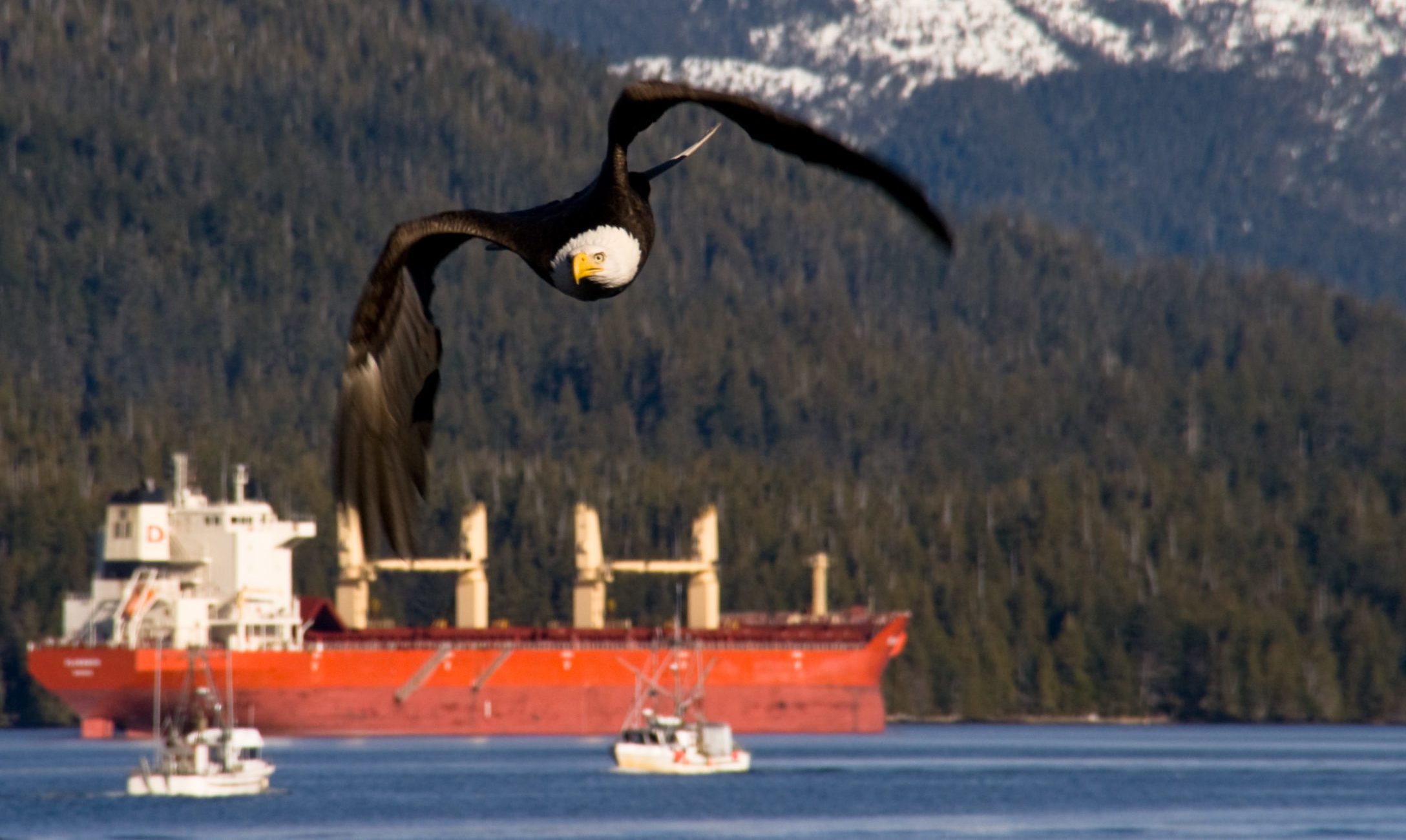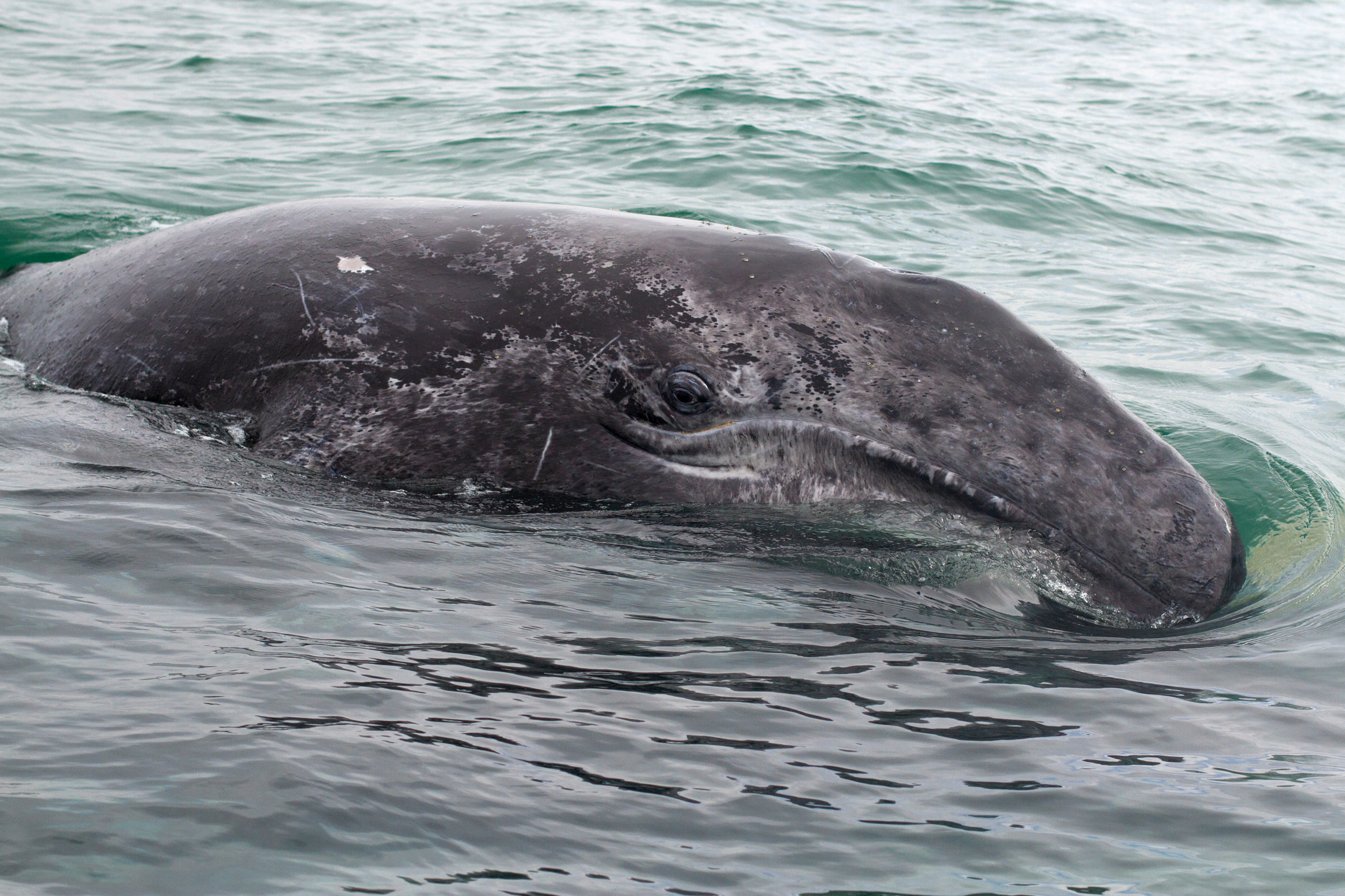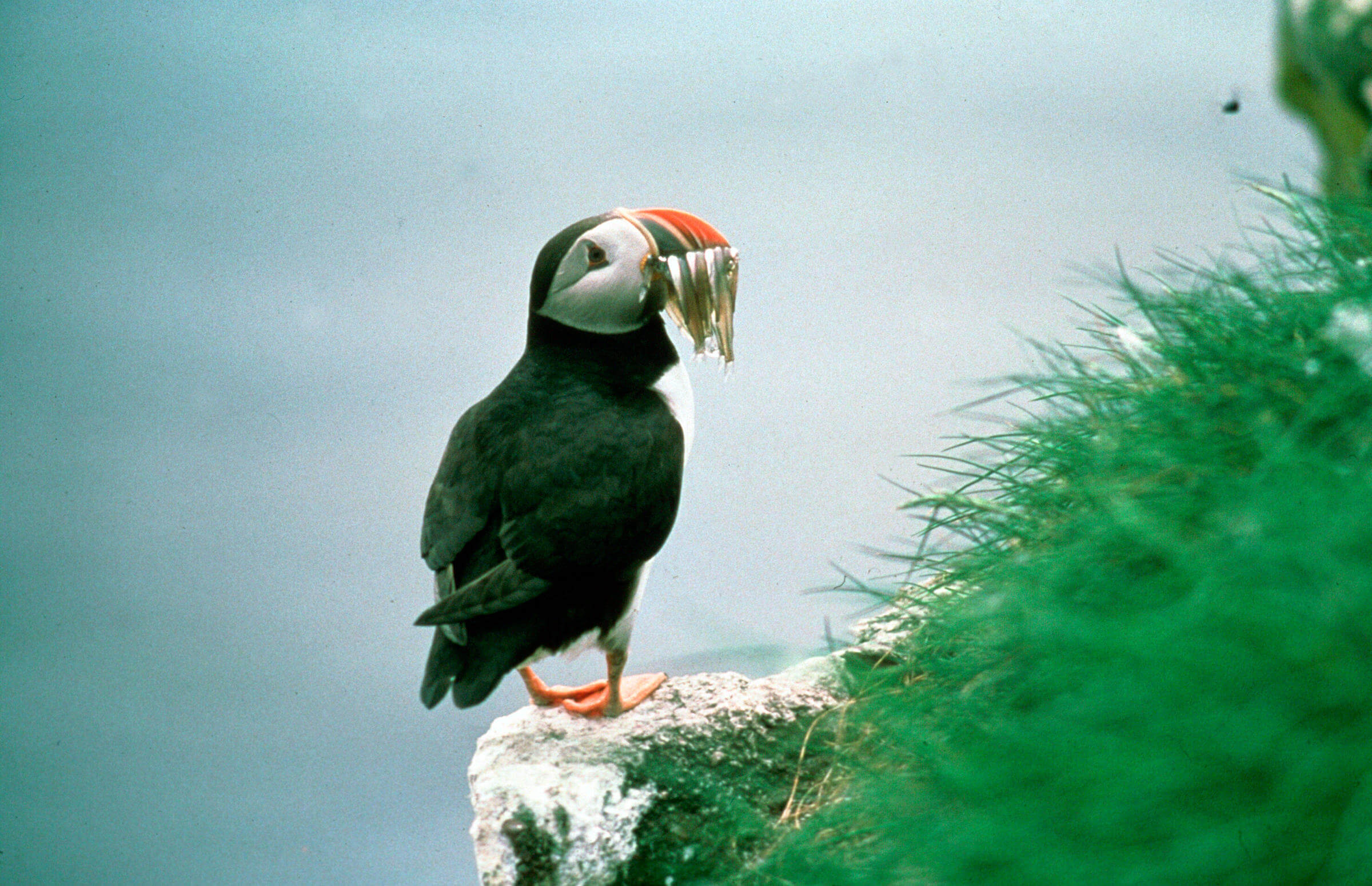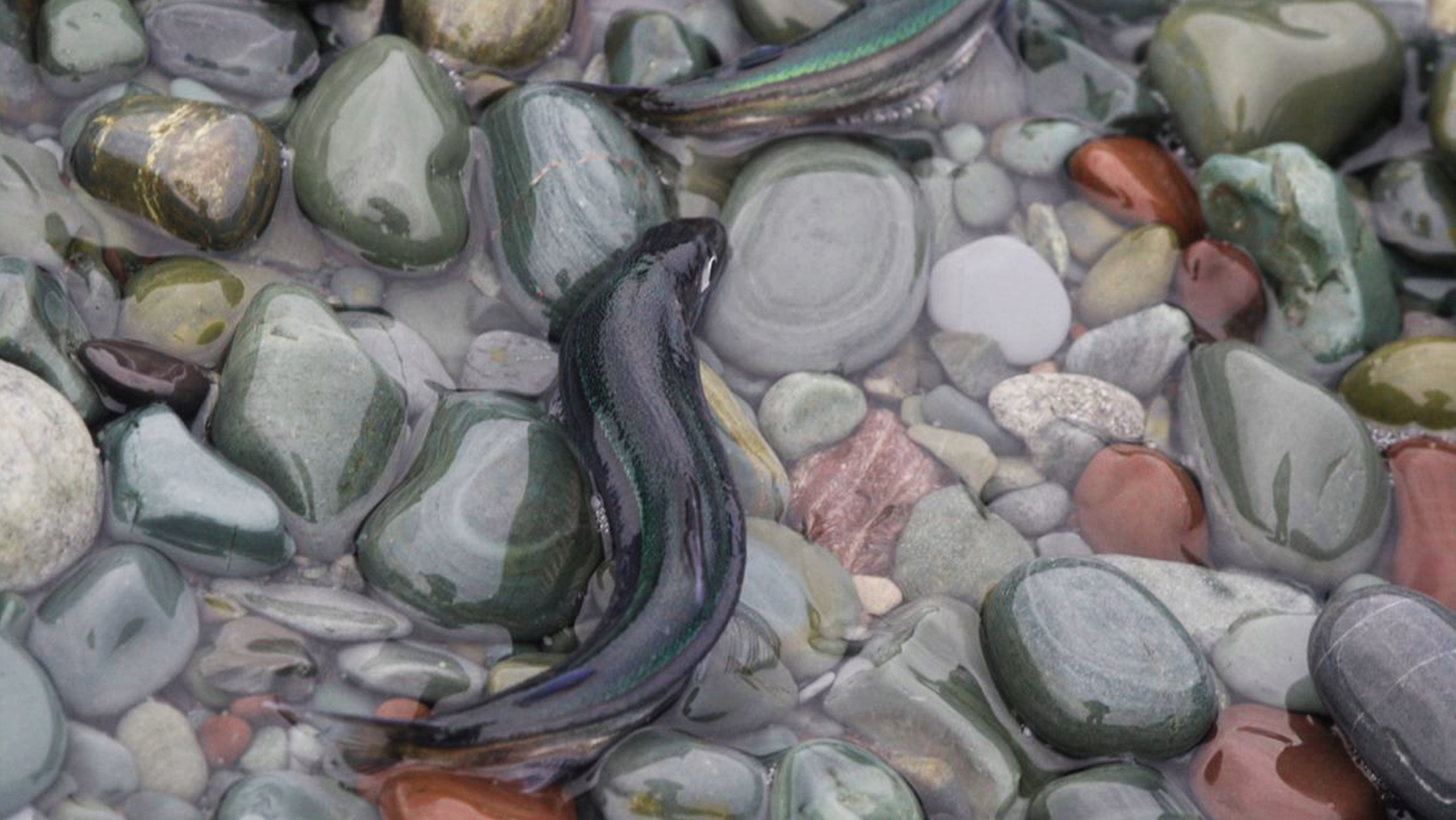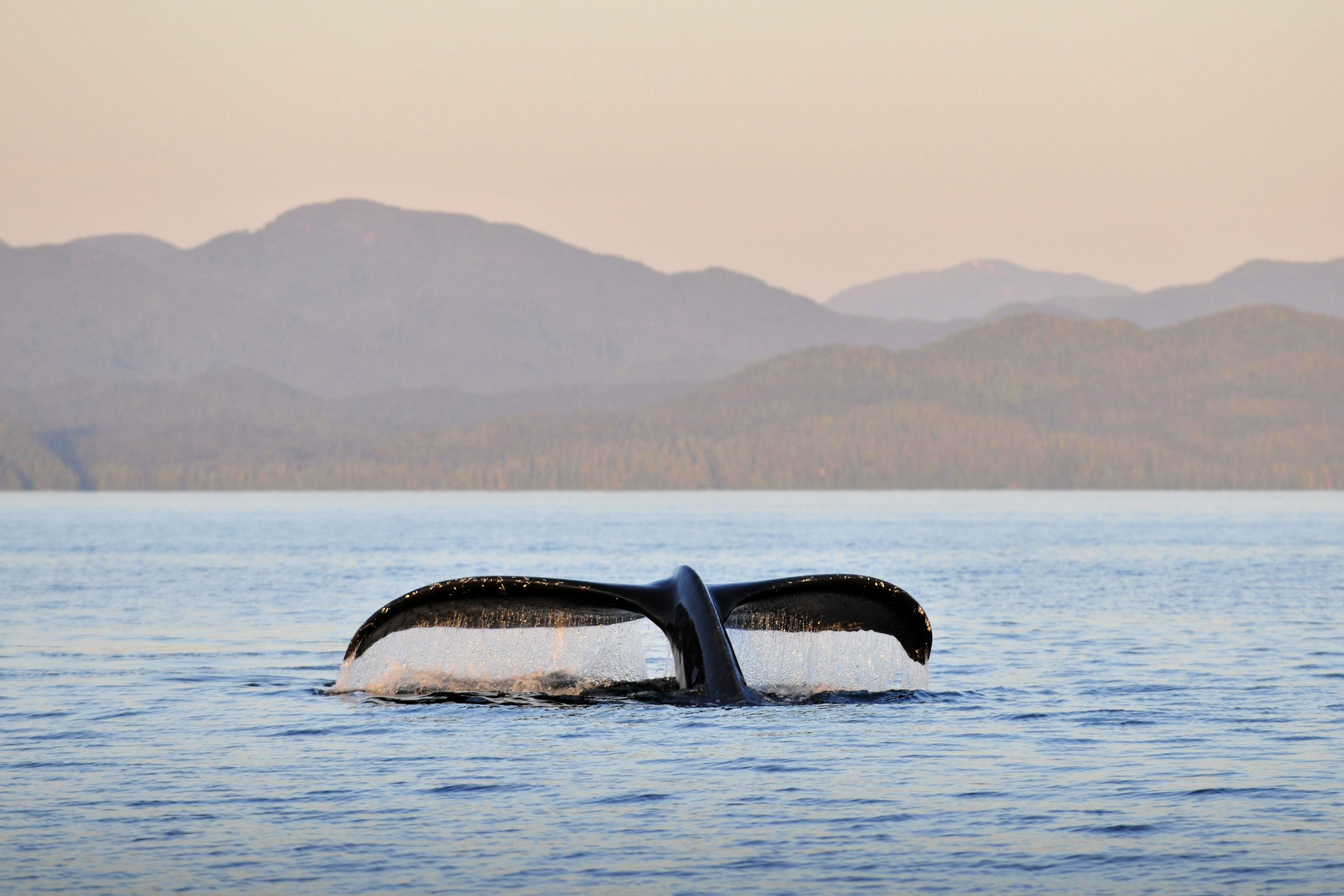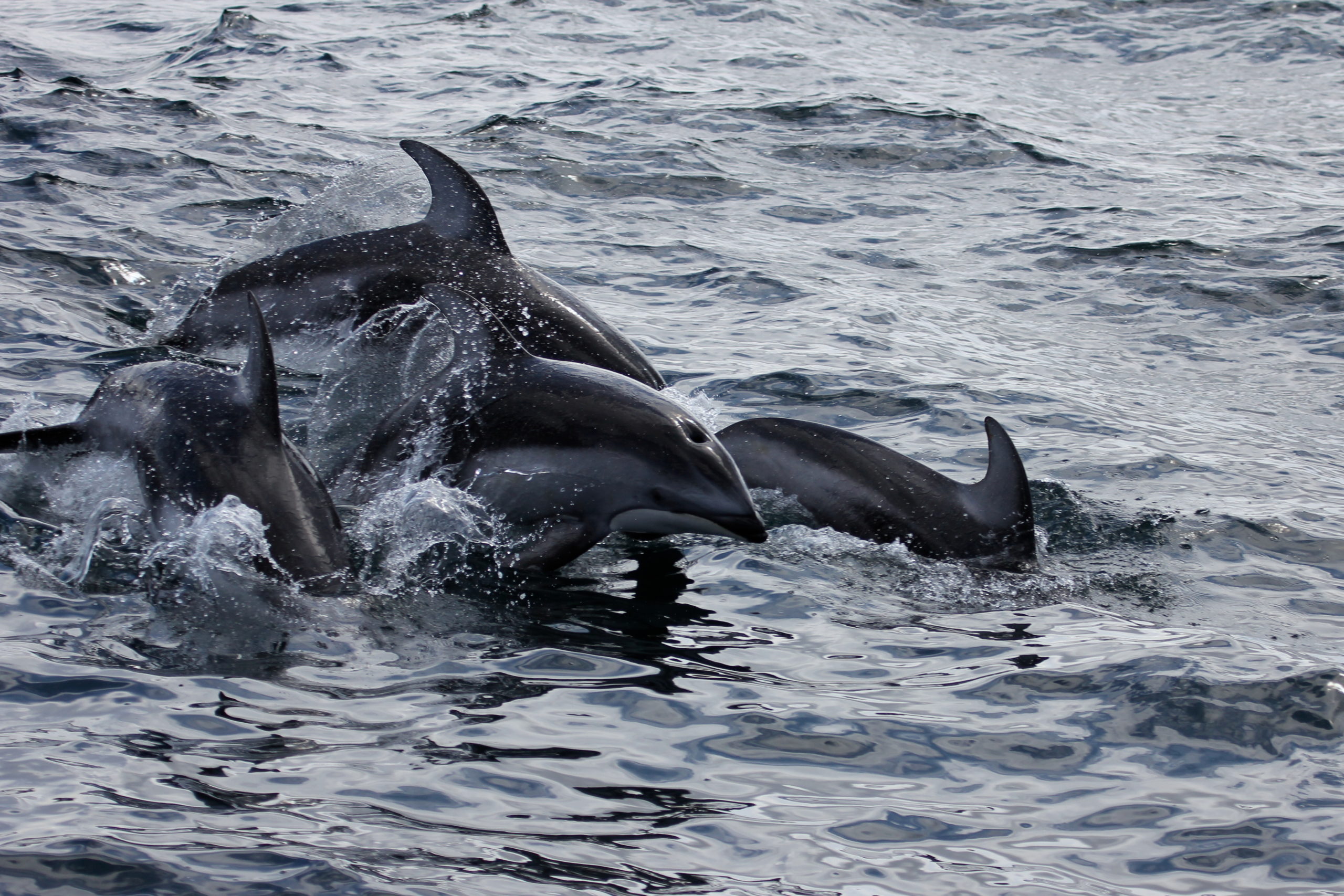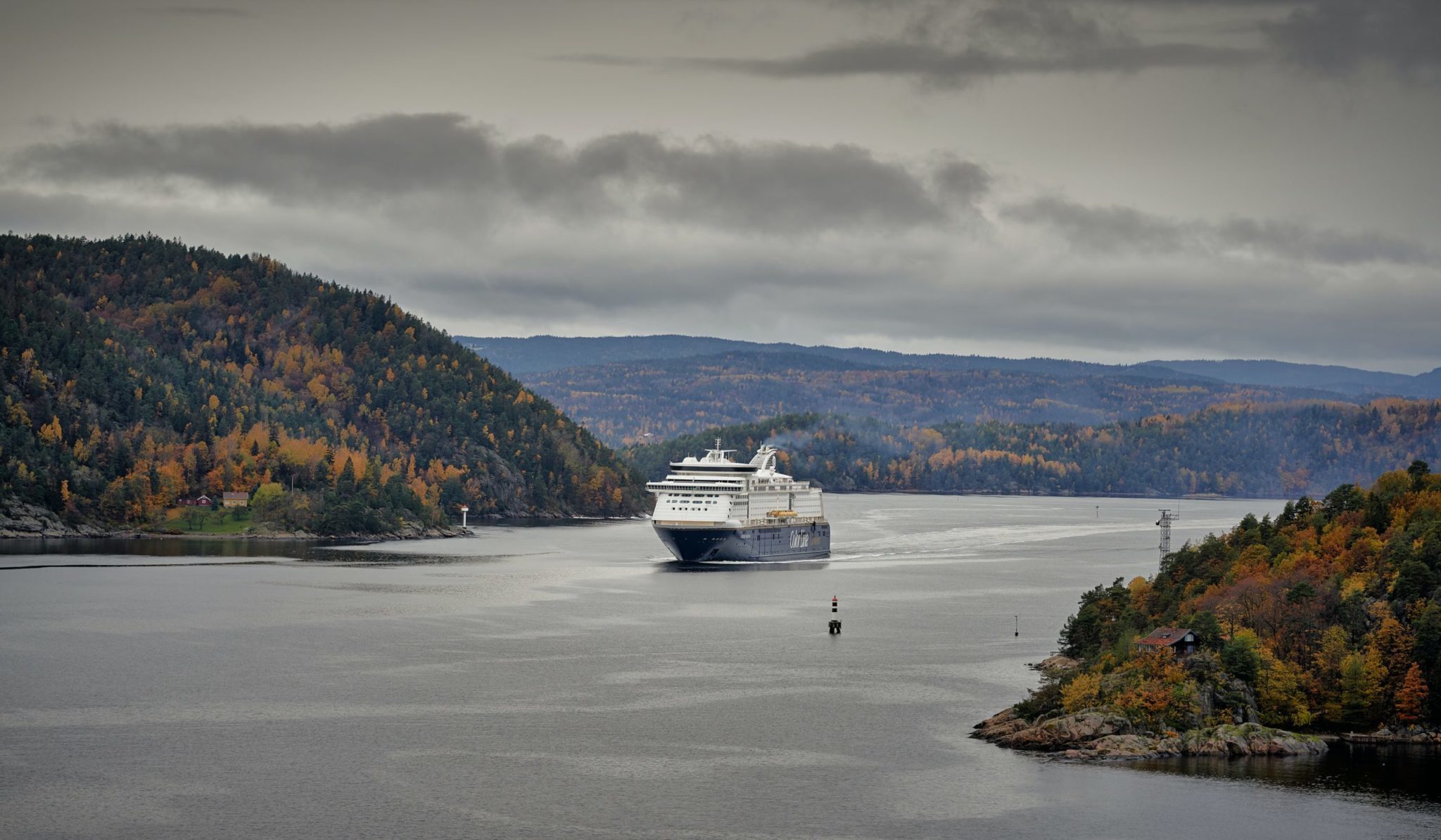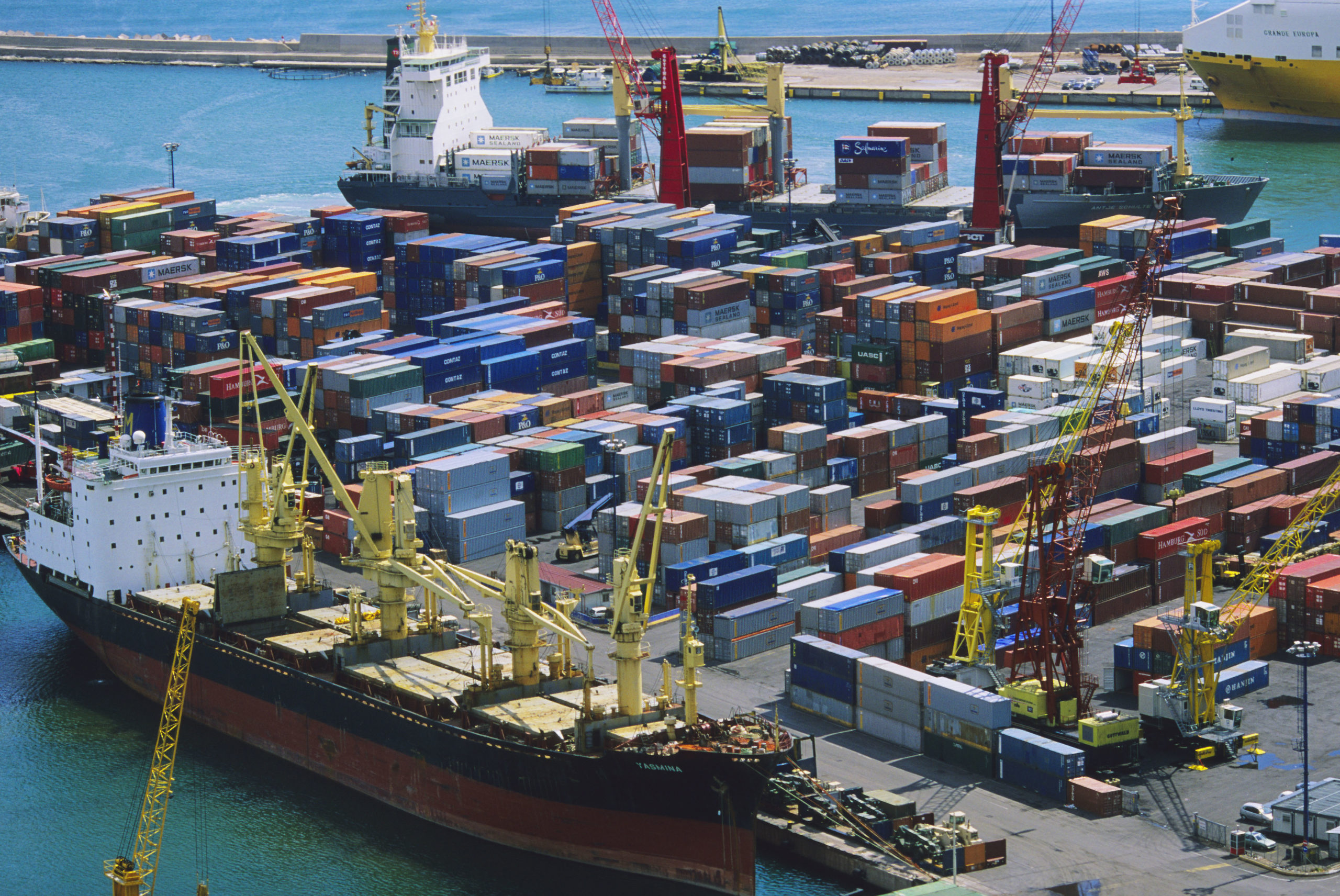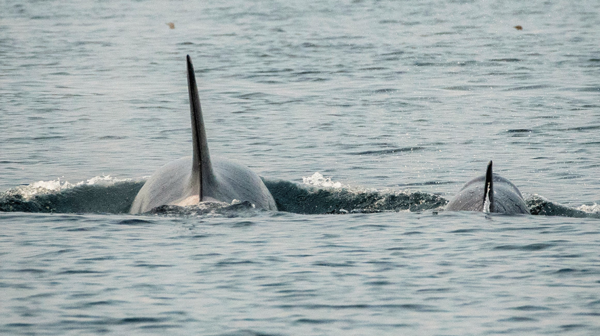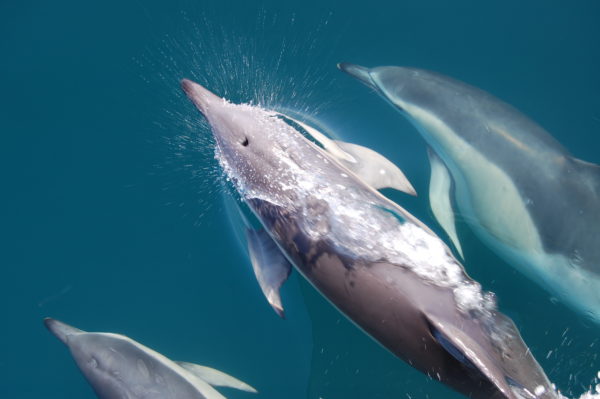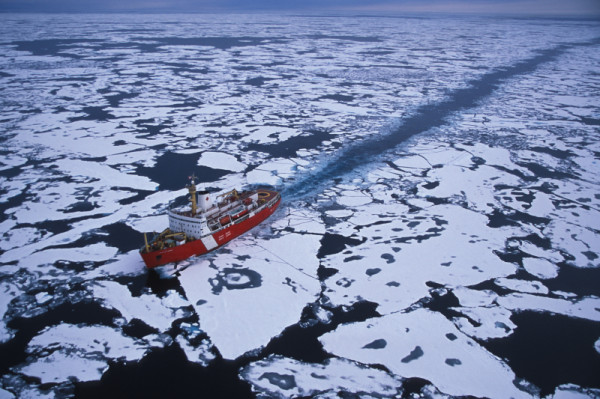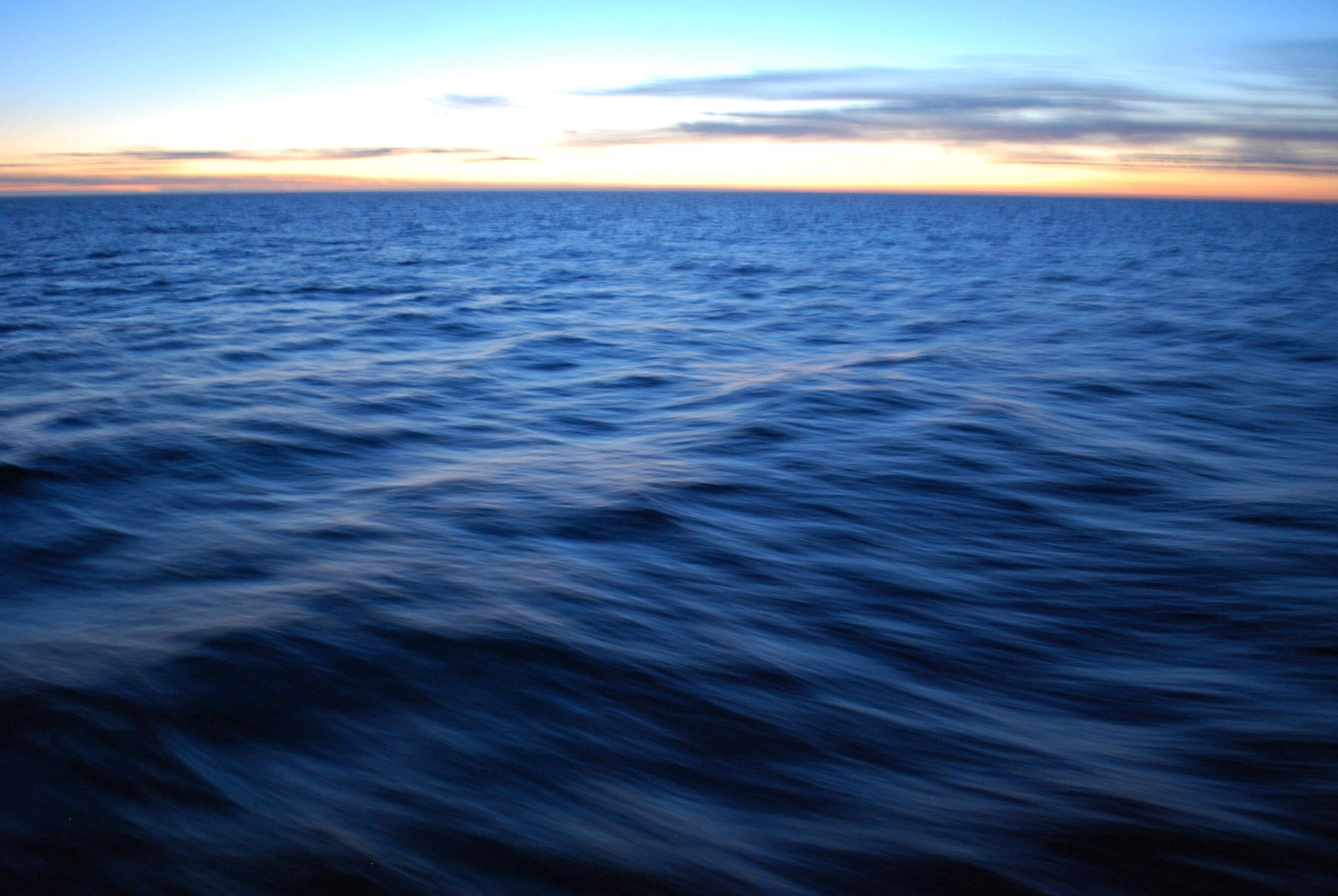As marine habitats and wildlife face increasing pressures from human impacts like pollution, overfishing, and climate change, MPAs – those areas where human activities are more strictly regulated than in surrounding waters to ensure marine ecosystems remain healthy – are increasingly important. MPAs are one of the key mechanisms to provide strong protection for marine biodiversity and as such, the government of Canada has committed to protecting 30 per cent of Canadian marine and coastal areas by 2030. However, until we have strong measures for shipping and other human activities in marine protected areas, those protections won’t safeguard wildlife and the habitats they depend on.
Shipping in Marine Protected Areas
A toolkit for reducing shipping impacts in marine protected areas

